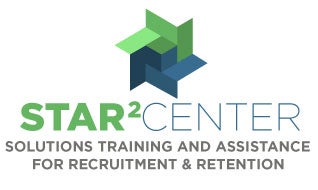


The Association of Clinicians for the Underserved (ACU) is a national nonprofit focused on the recruitment and retention of clinicians into all types of facilities in underserved communities. ACU works toward this mission through a combination of advocacy, resource development, training, and clinician support. The organization’s main policy and advocacy activity is centered around strengthening and expanding federal investments in the National Health Service Corps. ACU also provides research, resources, and training for clinicians on clinical topics key to providing quality healthcare to an underserved population. ACU’s NTTAP funding supports the Solutions, Training, and Assistance for Recruitment and Retention (STAR2) Center. The STAR2 Center provides free resources, training, and technical assistance to health centers and lookalikes on a variety of topics related to clinician recruitment and retention. All NTTAP services are provided at no charge and can be identified by the STAR2 Center logo.
Clinician recruitment
Clinician retention
Workforce strategic planning
Staff engagement
Website: www.clinicians.org STAR2 Center: www.chcworkforce.org Monthly Newsletter
TTA Point of Contact: Suzanne K. Speer, Director, Workforce Development, info@chcworkforce.org / 844.ACU.HIRE
This project is supported by the Health Resources and Services Administration (HRSA) of the U.S. Department of Health and Human Services (HHS) as part of an award totaling $6,625,000 with 0 percentage financed with non-governmental sources. The contents are those of the author(s) and do not necessarily represent the official views of, nor an endorsement, by HRSA, HHS, or the U.S. Government. For more information, please visit HRSA.gov.